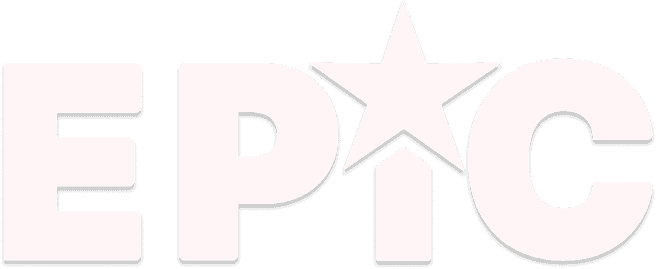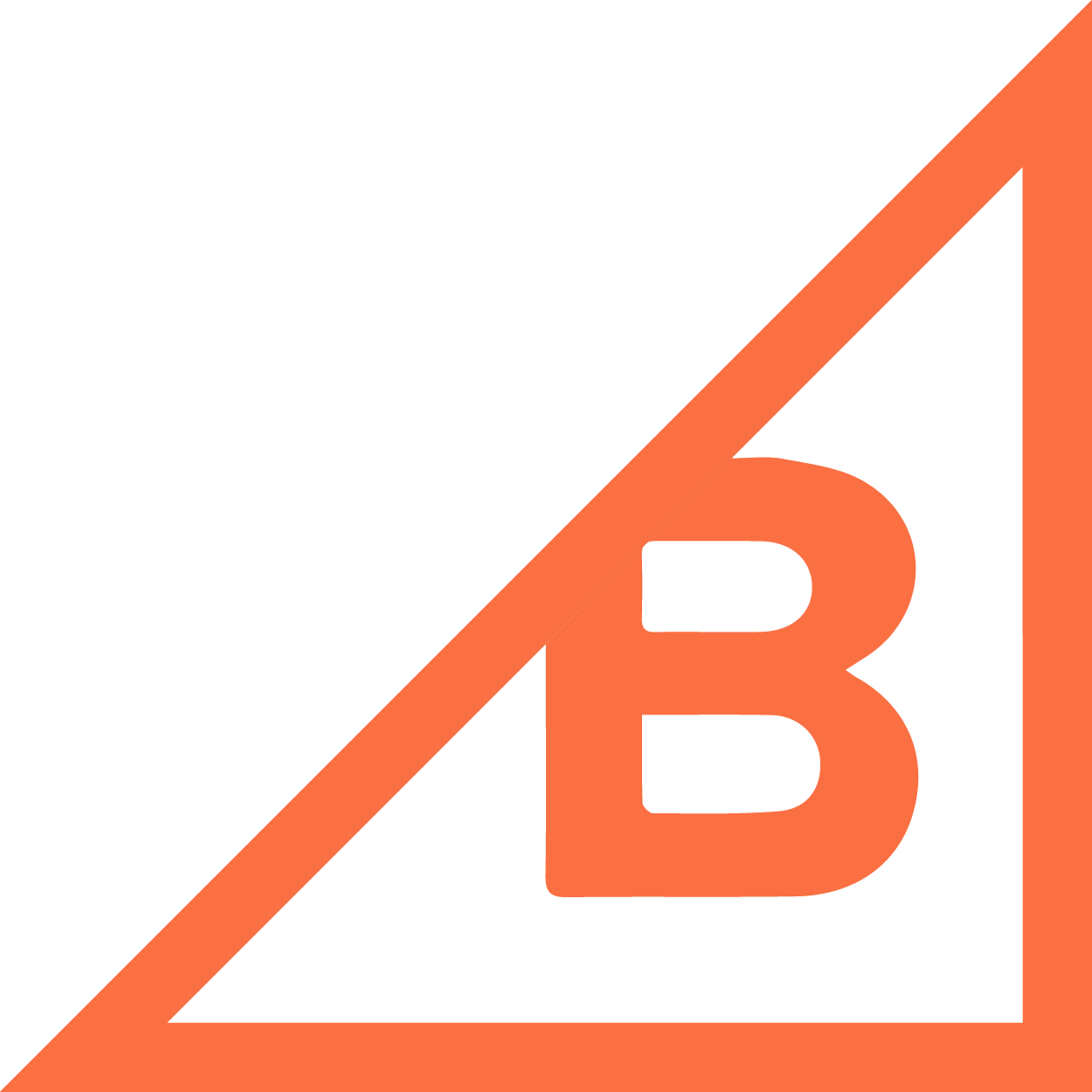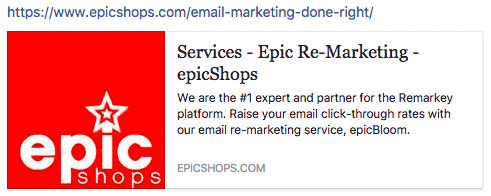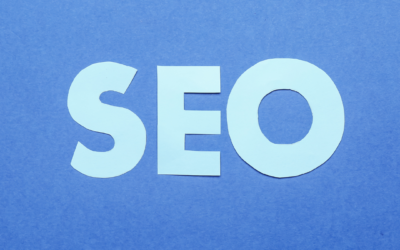This is Part III in our series about setting up your online store to skyrocket above the competition when it comes to SEO. If you want to learn more from epicShops about SEO, read:
Part I: How to Optimize Your Blog Posts for SEO
Park II: Working with Bloggers for Great PR & SEO
So far in the series, we’ve talked about the importance of selecting accurate keywords (specifically long-tail keywords), remembering alt text for images, and always including links back to your site if you ever write a guest post for another blog. We also touched briefly on meta descriptions, but now we’re going to dive deeper into why you need to pay attention to image, product and meta descriptions, and how they work for your online store’s SEO strategy.
First of all, a meta description is a sneak peek into what your website page is all about. When someone uses a search engine and your webpage pops up, the meta description is going to give them a preview of what’s on the page. This is your chance to grab their attention! It’s also the snippet that shows up when your page gets shared via social media, so it’s important that you specify what you want that message to say.
Here’s an example of what a meta description looks like in search engines:
And on social media:
Formatting Your Meta Descriptions
Before we get into where to add your meta descriptions, let’s talk a bit about how they should look. First of all, your description should include your chosen keyword(s). Not only will this boost your SEO rankings, but search engines will bold keywords in the preview, making it more likely for anyone searching for that term to click your link.
Secondly, be aware of your meta description length. Most search engines will now show 290-320 characters, so make sure your narrative fits the bill. Rather than manually counting characters, we recommend using an online preview tool such as this one from Portent. It can track your characters and let you know when you’ve gone over.
Where to Add Descriptions
Web Pages
The informational pages on your site will likely be the most content-rich, so make sure you let readers know exactly what they’re going to find when they land there. These can include About, Contact Us, or Delivery Info pages. In your meta snippet, try to include the name of your brand alongside your keyword to increase your credibility. For instance, we want people to see “epicShops” and “web development” all in the same meta description, so our name is associated with the topic that browsers are searching for.
Product pages
Don’t forget, you can also optimize your product pages. Consider what the preview snippet might look like if someone shares your product on social media, and take advantage of the opportunity to include a call to action and make your product enticing.
For example, let’s say a friend shares a Hawaiian shirt on social media that he or she wants to buy. Which meat description of the shirt would make you more likely to buy one, too?
“Cotton/polyester blend, made in China, wholesale and retail available”
OR
“Save now on this classic, button-down Hawaiian shirt from Aloha Outlet, available in dozens of new prints!”
The second example not only includes a likely search term (“Hawaiian shirt”), but also gets the reader excited about looking at all the different design options…you know, if they’re into that kind of thing.
You can also include descriptions for your images. As we went over in Part I of our SEO series, making sure you use search terms in your image descriptions is going to help search engines “see” your images. See this quick video below on where and how you can add product and image descriptions in your BigCommerce store.
Category pages
Consider your category terms (like men’s hats), and remember that optimizing your category pages with keywords and meta descriptions is another essential step for making sure your store is represented accurately and effectively online. Here are some examples of online store categories that are also likely search terms (in other words, good for getting people to your website):
- Father’s Day Gifts
- Kid’s Furniture
- Summer Dresses
- Birthday Jewelry
- Running Shoes
Since these are often the landing pages that visitors click on to access your website, make sure you give the description and meta description some love. Show browsing buyers and search engines why your category of goods is the best. For example, if someone is searching for Vera Bradley bags (again, both a search term and possible store category), your descriptions could look something like this:
“Let our huge selection of Vera Bradley bags whisk you away to summer style! Shop (store name) for the latest arrivals & designs.”
So what we’re getting at is…
Don’t forget the seemingly small SEO measures like product, category and meta descriptions, because they add up! The more you can align you keywords throughout your online store by using item descriptions, images, content and meta snippets, the more success you’re going to have with both search engines and visitors.
By offering a well-planned sneak peek into exactly what it is you’re offering on your informational pages, product pages and category pages, you’ll achieve higher traffic, click-through rates, and conversion rates than your competitors.










